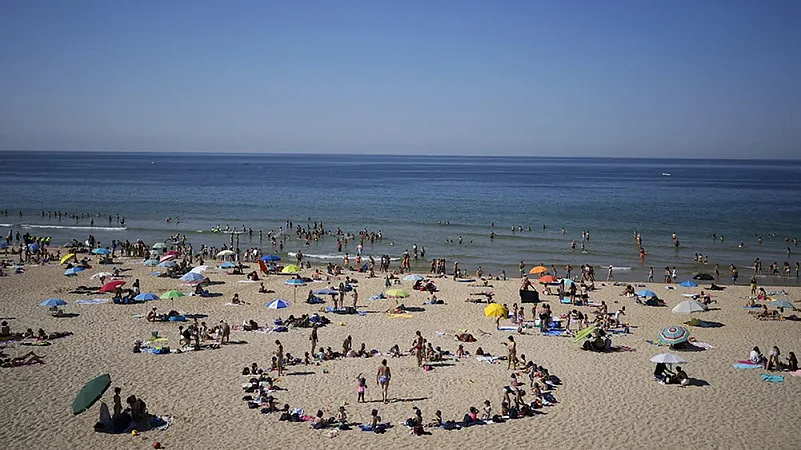The United Nations has said 2023-2027 could be the warmest five-year period ever recorded, NDTV reported on Wednesday.
According to the report, the United Nations warned as greenhouse gases and El Nino combine to send temperatures soaring.
“Global temperatures are soon set to exceed the more ambitious target set out in the Paris climate accords, with a two-thirds chance that one of the next five years will do so,” the UN's World Meteorological Organization was quoted as having said.
It said the hottest eight years ever recorded were all between 2015 and 2022—but temperatures are forecast to increase further as climate change accelerates.
"There is a 98-percent likelihood that at least one of the next five years, and the five-year period as a whole, will be the warmest on record," the WMO said as per the report.
It said the 2015 Paris Agreement saw countries agree to cap global warming at "well below" two degrees Celsius above average levels measured between 1850 and 1900 -- and 1.5C if possible.
It added: “The global mean temperature in 2022 was 1.15C above the 1850-1900 average”.
The WMO said there was a 66 percent chance that annual global surface temperatures will exceed 1.5C above pre-industrial levels for at least one of the years 2023-2027, with a range of 1.1C to 1.8C forecasted for each of those five years, the report mentioned.
“While this does not mean that the world will permanently exceed the Paris benchmark, WMO is sounding the alarm that we will breach the 1.5C level on a temporary basis with increasing frequency, said the agency's chief Petteri Taalas,” the report said.
"A warming El Nino is expected to develop in the coming months and this will combine with human-induced climate change to push global temperatures into uncharted territory,” it added.
"This will have far-reaching repercussions for health, food security, water management and the environment. We need to be prepared," it said.
El Nino is the large-scale warming of surface temperatures in the central and eastern equatorial Pacific Ocean, it mentioned.
“The weather phenomenon normally occurs every two to seven years. Conditions oscillate between El Nino and its opposite La Nina, with neutral conditions in between,” it stated.
The WMO said earlier this month that the chances of El Nino developing were 60 percent by the end of July and 80 percent by the end of September, it said.
It added typically, El Nino increases global temperatures in the year after it develops -- which in this cycle would be 2024.
“Despite the cooling influence of La Nina conditions over much of the past three years, the warmest eight years on record have all been from 2015 onwards, with 2016 the hottest,” it said.
“Heat gets trapped in the atmosphere by so-called greenhouse gases, which are at a record high,” it added.
The three major greenhouses gases are carbon dioxide, methane and nitrous oxide.
















